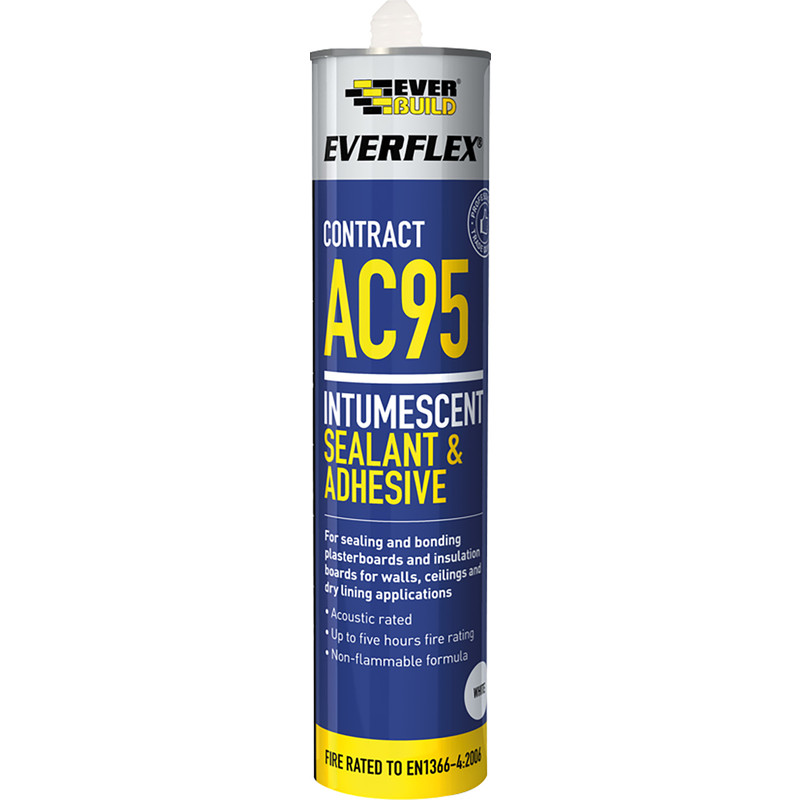D
Dustydazzler
Looks nice
The issue is about leaving a massive hole into a wooden partition.
If some are happy to leave an installation like that, then good on them.
If it breeches a fire barrier then it is an issue. Define the parameters of a massive hole.The issue is about leaving a massive hole into a wooden partition.
If some are happy to leave an installation like that, then good on them.
That is much the preferred way.....and my way, mounted on ply wood with the timber hole filed smooth, smaller than the metal one, negating the need for grommet strip.At no time have I advocated a huge cable entry hole, and assumptions are being made constantly. The vast majority of CUs that I replace are spaced off on small battens to facilitate all cables entering through the rear knockout. So in fact there is no hole going into a cavity at all. But when some people are convinced they're right and no one else knows what they're talking about then it's probably a waste of time posting at all.
Yes, you're correct if fire got into that partition it would be an issue.If it breeches a fire barrier then it is an issue. Define the parameters of a massive hole.
No it wouldn't be as there should be cavity barriers. The size of entry shouldn't be relevant as there will always be passage around the cables regardless of size.Yes, you're correct if fire got into that partition it would be an issue.
A hole that was cut much bigger than was needed.
No it wouldn't be as there should be cavity barriers. The size of entry shouldn't be relevant as there will always be passage around the cables regardless of size.
No reference is made regarding the rear.I could be wrong, and will happily stand corrected, but doesn't BS7671 make reference to holes in a domestic DB solely with regard to finger access in front, bottom or sides and holes larger than 1mm on top, with no reference made about rear?

 www.toolstation.com
www.toolstation.com
The intent of Regulation 421.1.201 is considered to be, as far as is reasonably practicable, to contain any fire within the enclosure or cabinet and to minimise the escape of flames.I might be wrong, but when 421.1.201 first came out in the BYB, it was about removing the source of fuel for a fire, and nothing to do with containment of a fire.
Has this recently changed?
At no point does that Reguation infer to containing a fire.The intent of Regulation 421.1.201 is considered to be, as far as is reasonably practicable, to contain any fire within the enclosure or cabinet and to minimise the escape of flames.
It is important for the installer to seal all openings into the enclosure or cabinet for cables, conduits, trunking or ducting that remain after the installation of cables - see Figure 6. The intent of the sealing is to ensure that, as far as is reasonably practicable, any fire is contained within the enclosure or cabinet and the escape of flames to the surroundings of the cabinet or enclosure or into conduits trunking or ducting is minimised, as intended by Regulation 421.1.201.
Good workmanship and proper materials must be used, and account must be taken of the manufacturer’s relevant instructions if any.
At no point does that Reguation infer to containing a fire.









